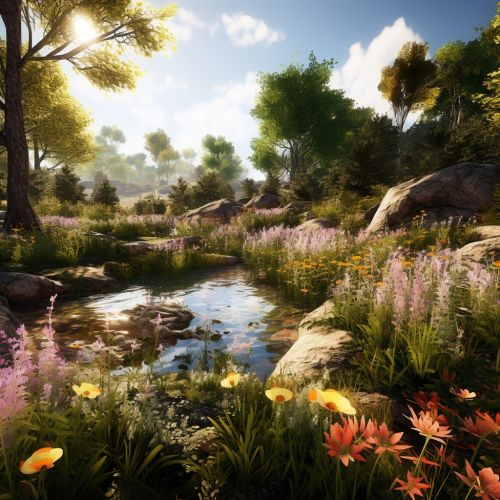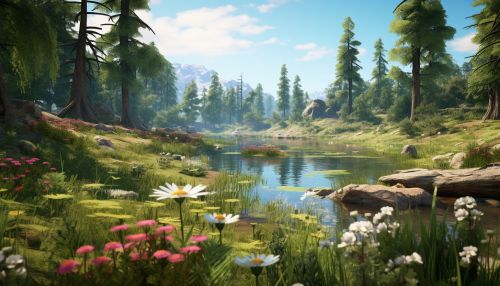Biosphere
Introduction
The Biosphere is the global sum of all ecosystems on Earth, encompassing all life and the natural environment in which it lives. It is a complex, self-regulating system that includes the atmosphere, hydrosphere, lithosphere, and all living organisms. The concept of the biosphere was first proposed by geologist Eduard Suess in 1875, but it was not until the work of Russian scientist Vladimir Vernadsky in the 1920s that the idea was fully developed and recognized.
Composition
The biosphere is composed of numerous biomes, which are large communities of plants and animals that occupy a distinct region. These biomes, including forests, grasslands, deserts, and tundra, are characterized by their climate, soil, and the particular plants and animals that live there. Within these biomes are smaller units called ecosystems, which are communities of organisms interacting with their physical environment.
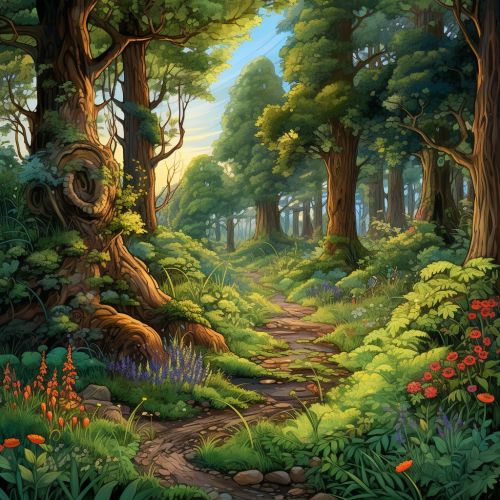
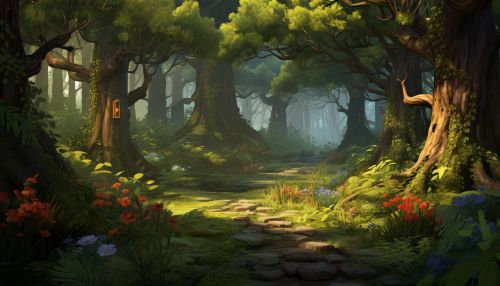
Function
The biosphere plays a crucial role in supporting life on Earth. It provides the conditions necessary for life to exist, including a suitable climate, the availability of water, and the presence of nutrients. The biosphere also plays a key role in the carbon cycle, the process by which carbon is exchanged between the Earth's various spheres. This cycle is essential for life as it helps to regulate the Earth's climate by controlling the amount of carbon dioxide in the atmosphere.
Biodiversity
One of the most remarkable features of the biosphere is its biodiversity, the variety of life found on Earth. This biodiversity is not evenly distributed, but is instead concentrated in certain areas known as biodiversity hotspots. These hotspots are areas that harbor a high number of endemic species, species that are found nowhere else on Earth, and are therefore of particular conservation concern.
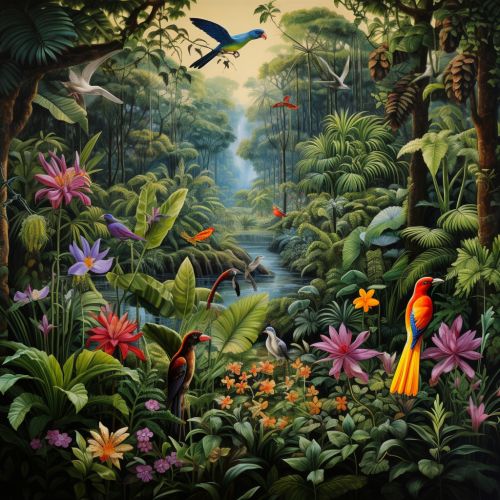
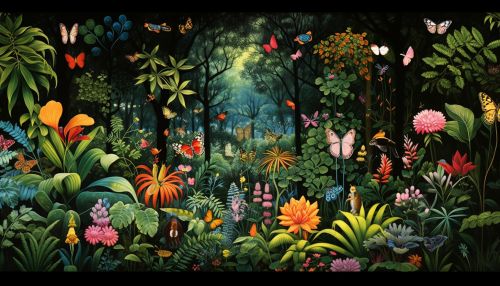
Threats
The biosphere faces numerous threats, primarily from human activities. These include deforestation, pollution, climate change, and the introduction of invasive species. These threats can disrupt ecosystems, lead to the extinction of species, and alter the functioning of the biosphere as a whole.
Conservation
Efforts to conserve the biosphere focus on protecting biodiversity, maintaining ecosystem services, and promoting sustainable use of natural resources. These efforts include the establishment of protected areas, the implementation of sustainable farming and fishing practices, and the development of policies and legislation aimed at conserving the biosphere.
